Optimal Timing for Lawn Mowing in Saint Paul
Understanding the optimal timing for lawn mowings can significantly impact the health and appearance of a lawn. Proper scheduling ensures grass remains healthy, prevents pest infestations, and maintains aesthetic appeal throughout the growing season.
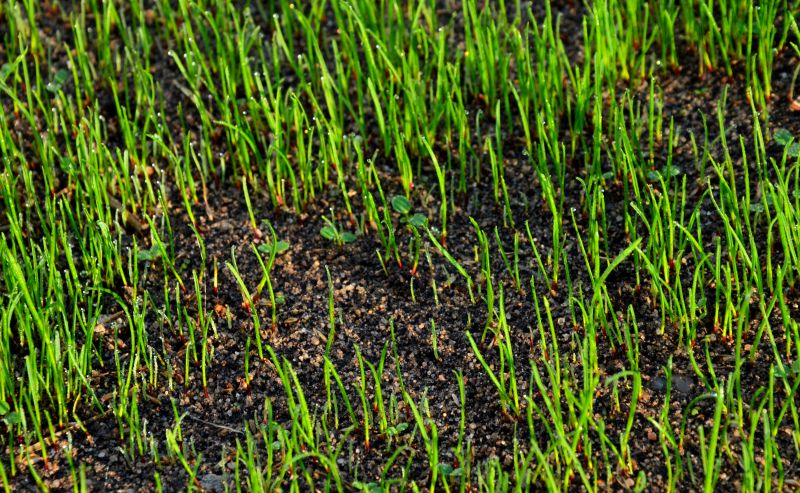
Mowing begins when grass reaches about 3 inches in height, typically in early spring, to promote healthy growth.
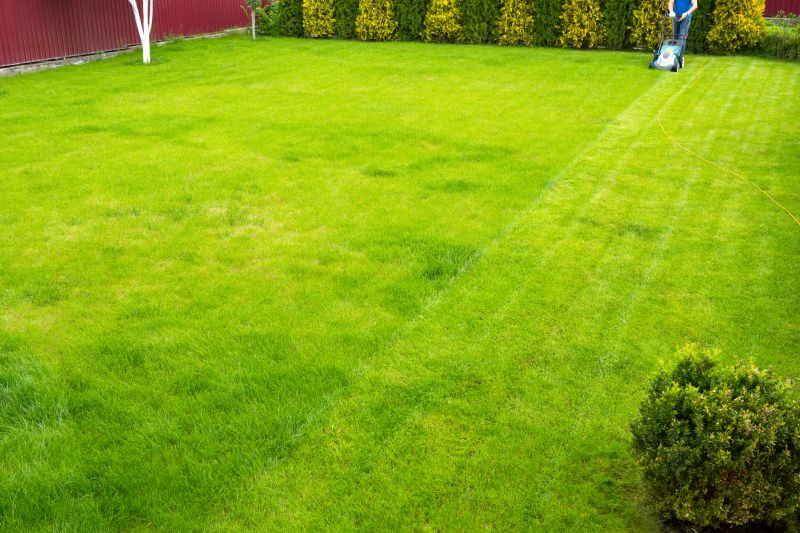
Regular mowing during peak growing months, usually every 7-10 days, helps keep grass dense and even.

Reducing mowing frequency in late summer allows grass to recover and prepares it for fall.
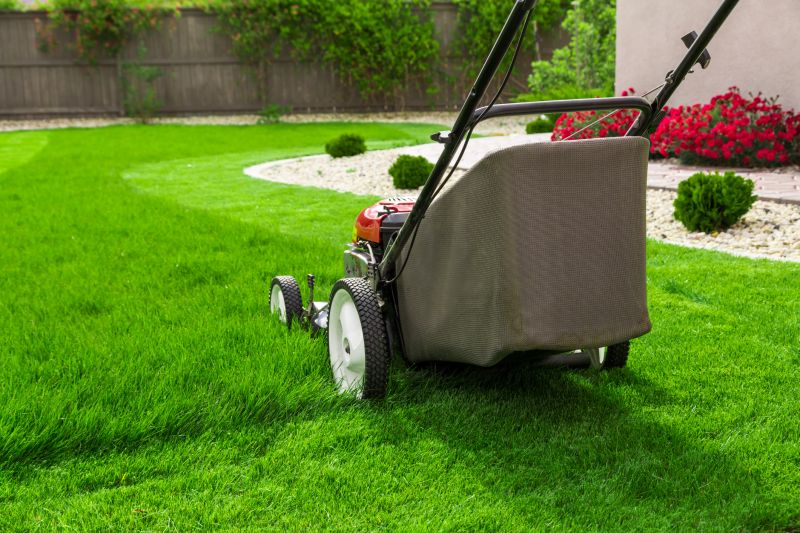
Cutting more than one-third of the grass height at a time can stress the lawn and should be avoided.

Mow during dry conditions to prevent turf damage and ensure clean cuts.
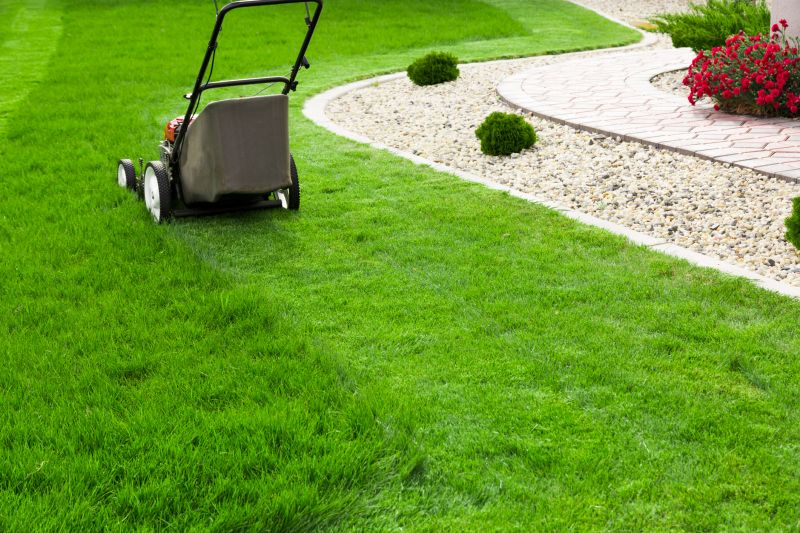
Maintaining a mowing height of 2.5 to 3.5 inches supports healthy root development.
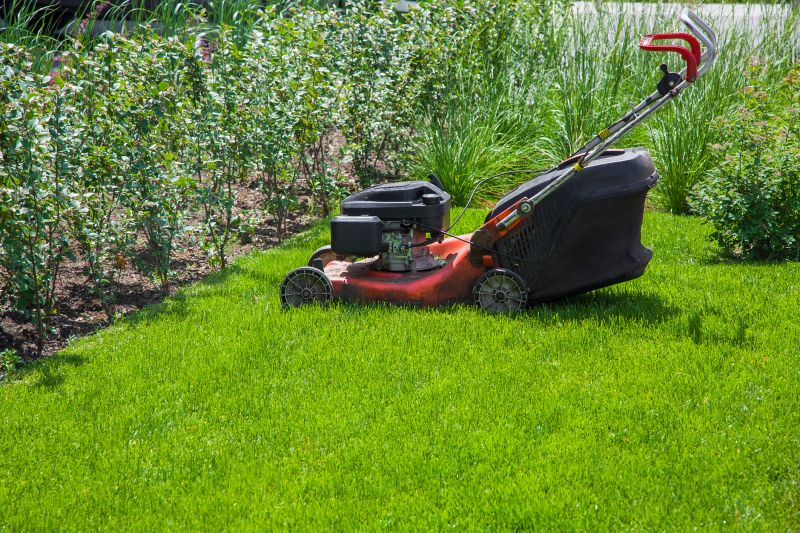
Ways to make Lawn Mowings work in tight or awkward layouts.
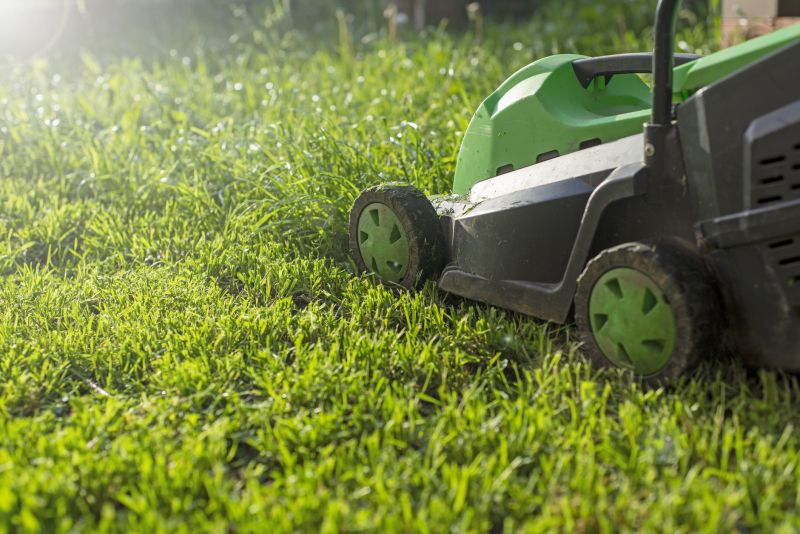
Popular materials for Lawn Mowings and why they hold up over time.
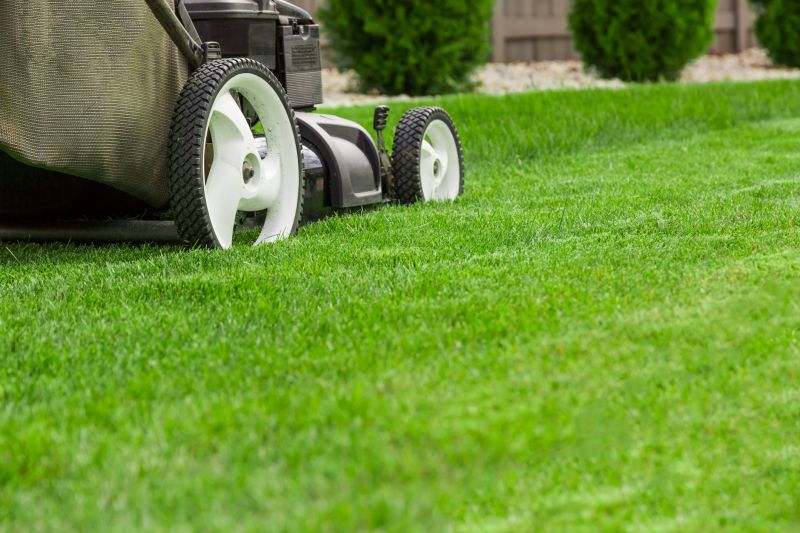
Simple add-ons that improve Lawn Mowings without blowing the budget.
Statistics indicate that lawns mowed at the correct height and frequency can experience a 15-20% increase in turf vigor. In Saint Paul, the growing season typically spans from early spring to late fall, with peak growth during late spring and summer. Adjusting mowing schedules to match these periods ensures optimal lawn health and appearance.

Using sharp blades and proper equipment ensures clean cuts and reduces turf stress.
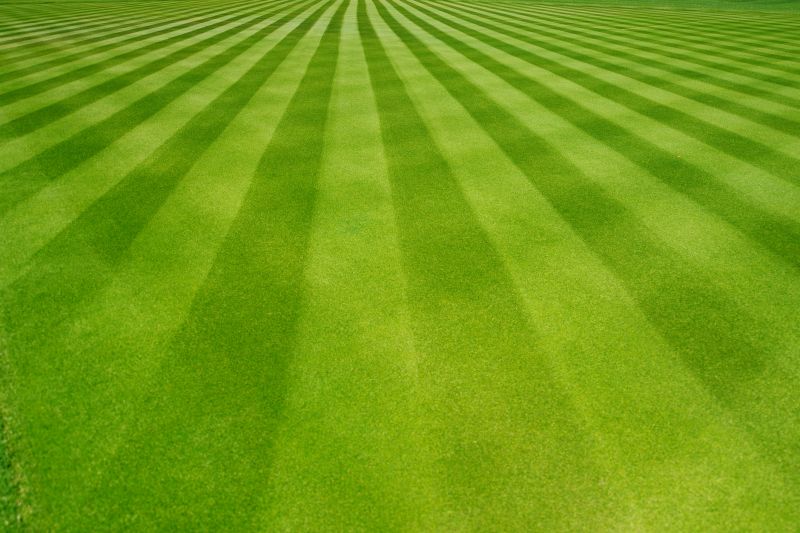
Understanding growth patterns helps determine the best mowing intervals.

Lawn appearance varies with seasonal changes, influencing mowing needs.
Consistent mowing at recommended heights promotes a lush, resilient lawn.

Adapting mowing schedules during wet or dry weather prevents turf damage.
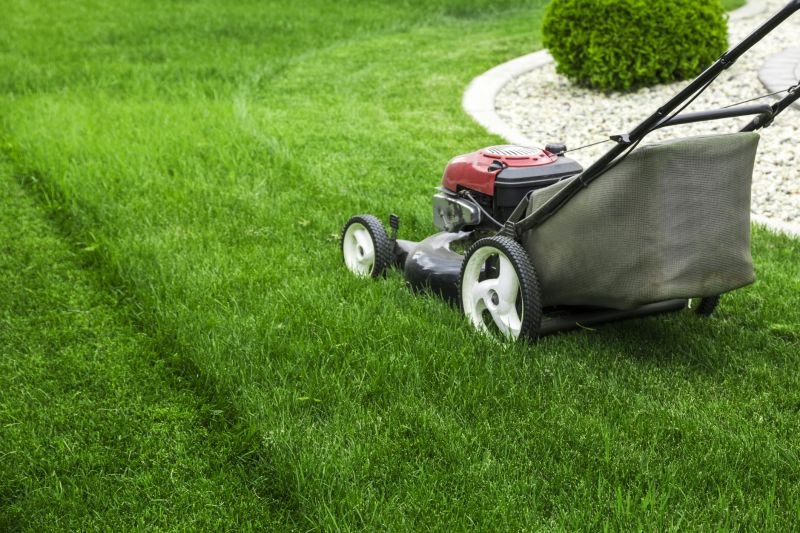
Regular inspections help identify issues early and adjust mowing practices accordingly.

Adjusting frequency based on grass growth rate maintains optimal turf conditions.

Proper disposal or mulching of clippings supports lawn health.
| Season | Recommended Mowing Practice |
|---|---|
| Spring | Begin mowing when grass reaches about 3 inches; mow to 2.5-3.5 inches. |
| Early Summer | Maintain regular mowing every 7-10 days, keeping height consistent. |
| Late Summer | Reduce mowing frequency; avoid cutting grass too short. |
| Fall | Gradually lower mowing height to prepare for winter dormancy. |
| Winter | Mowing is typically not necessary; focus on lawn cleanup and preparation. |
For those interested in professional lawn mowing services, filling out the contact form can provide tailored scheduling options. Proper timing and techniques are essential for maintaining a healthy and attractive lawn throughout the year.
High-end options that actually feel worth it for Lawn Mowings.
Finishes and colors that play nicely with Lawn Mowings.
Little measurements that prevent headaches on Lawn Mowings day.
